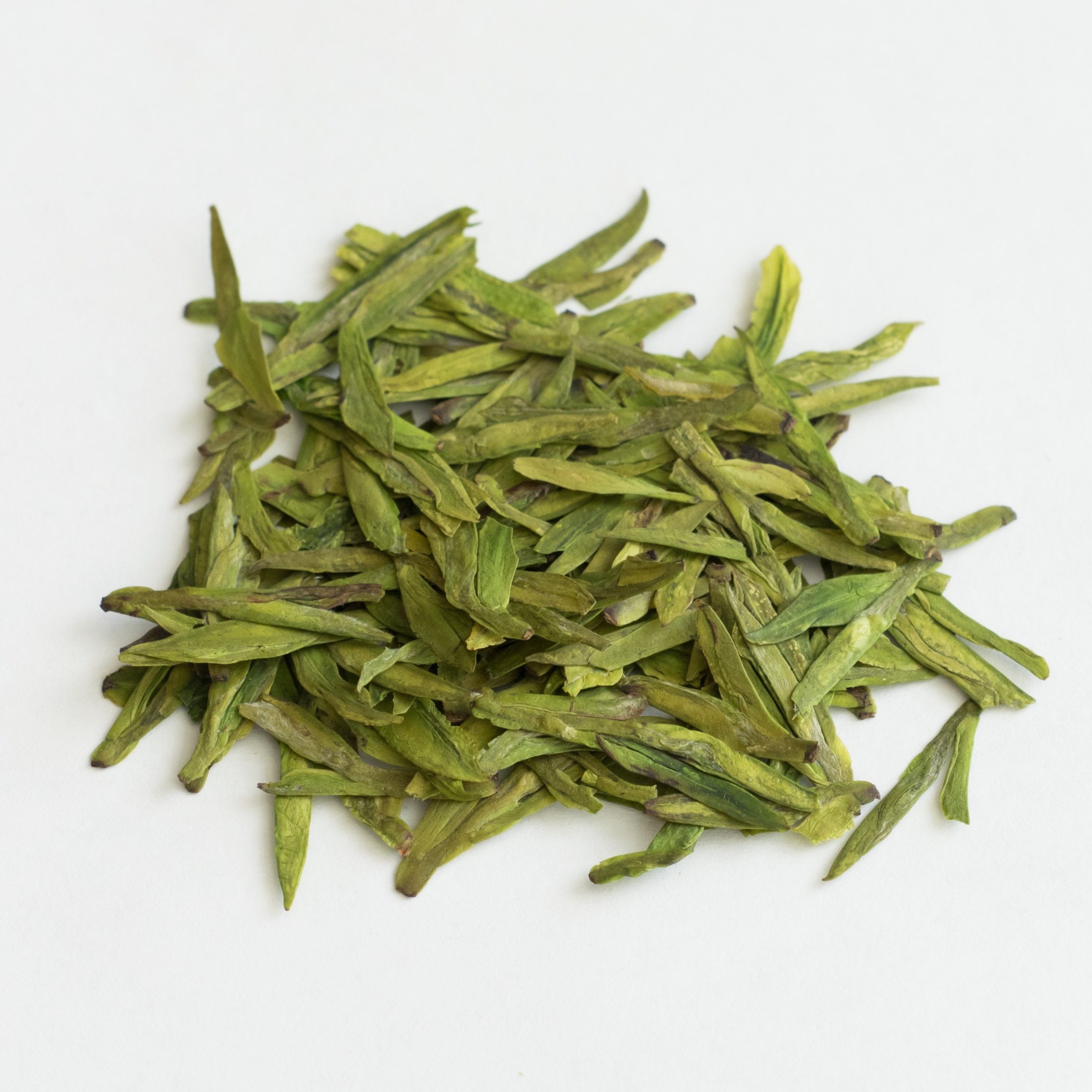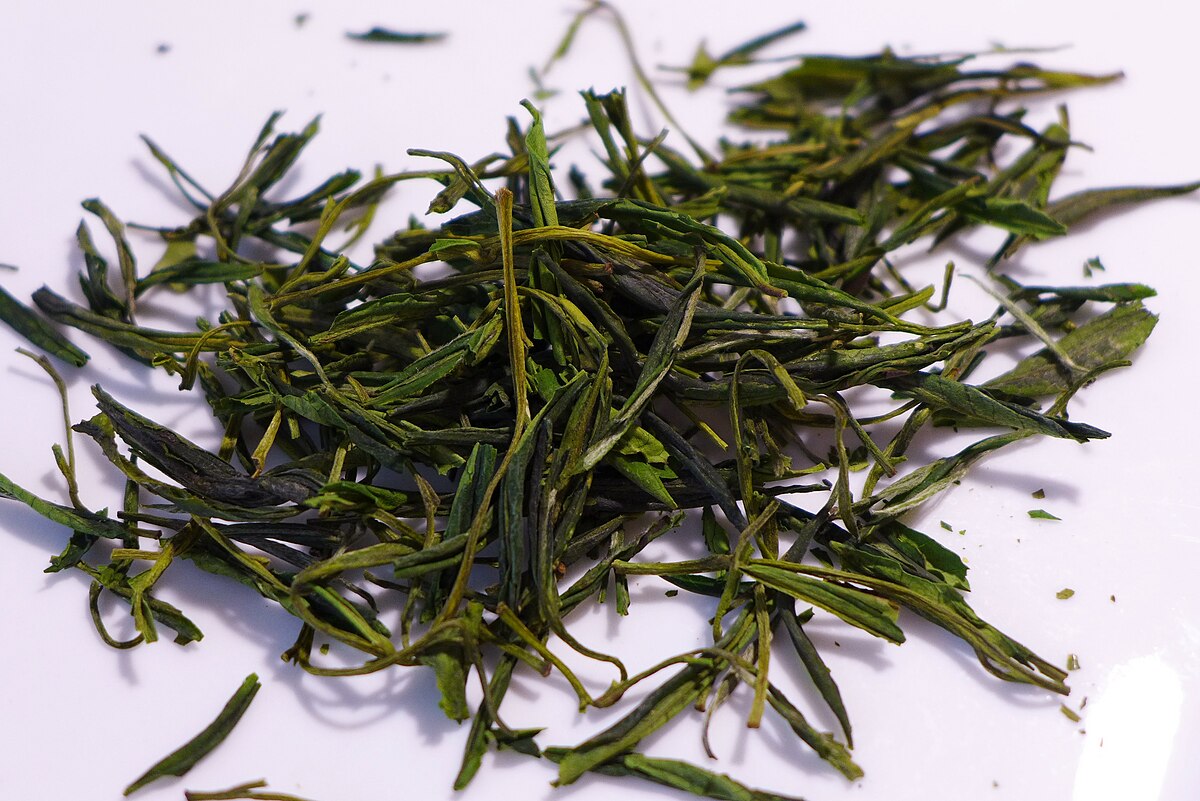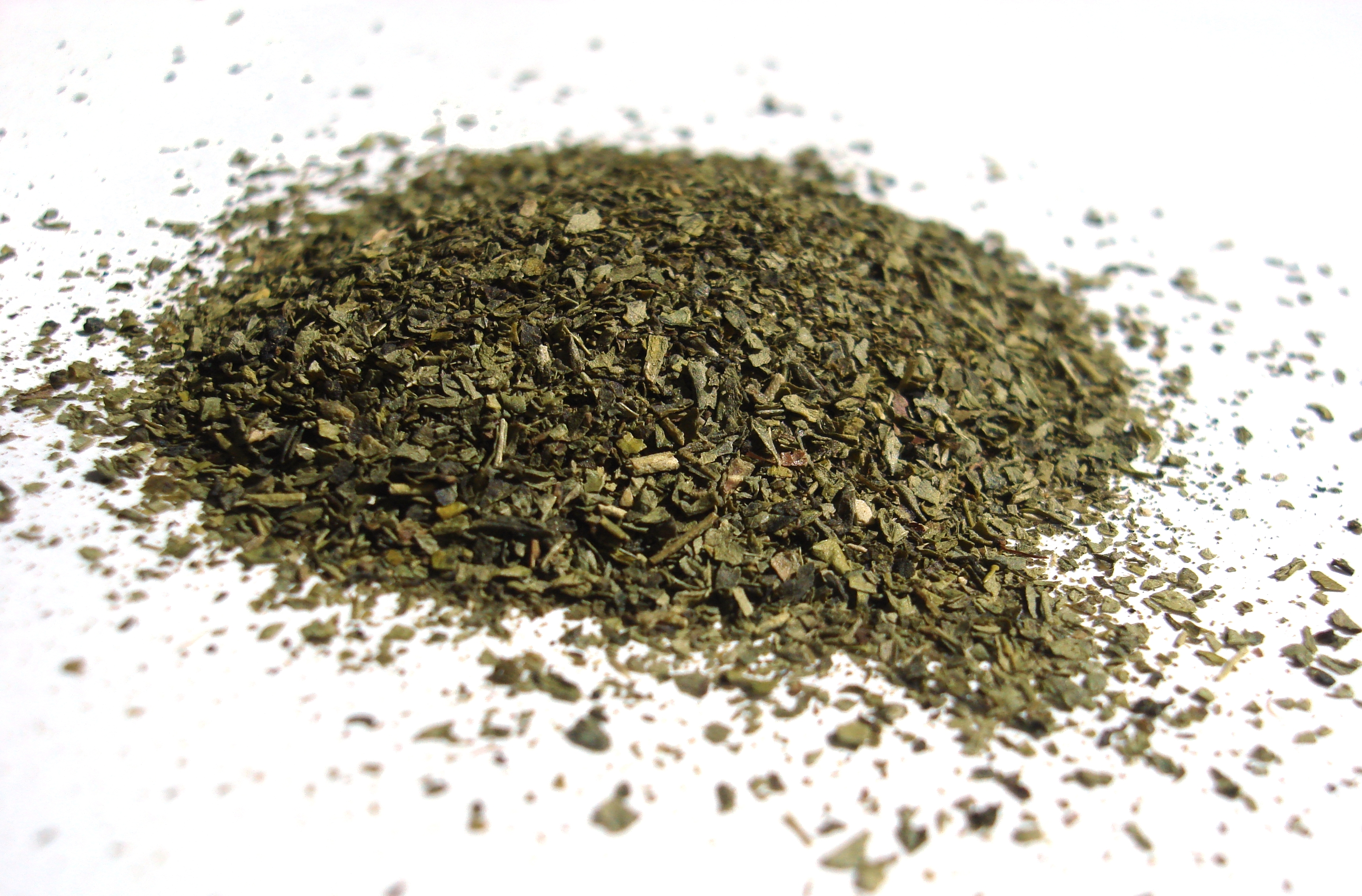Tea Brewing Calculator
Tea is the most widely consumed beverage in the world after water. Globally, . The West , while in China - the homeland of tea - people tend to choose loose leaf. Why is that?
Tea bags are, of course, cheap and convenient, but that's it for the pros. And what about the cons? First of all, the quality of the bagged tea is usually much lower than that of the whole leaf. What is more, lots of tea bags contain plastic, which is .
That's why we encourage you to try loose leaf tea! We know that the brewing process may seem daunting at first, which is why we created the tea brewing calculator. As the result of collaboration between tea experts and a physicist, it is empirically tested to help you prepare the best cuppa.
The calculator lets you choose the type of tea you want to steep, how strong you'd like it, and how much you want. In total, it has 33 recipes, from traditional Chinese style brewing to cold brews. It also includes a calculator that will help you cool the water to the right temperature if you don't have a fancy temperature set kettle.
But first things first, let's choose some good tea.
Tea bags vs. loose leaf
Usually, what you'll find inside a tea bag is the lowest grade dust and fannings. Whole leaves in a tea bag wouldn't have enough room to infuse, so they're replaced with broken ones. Smashed tea brews rapidly, but it also quickly loses its essential oils, which results in a much flatter taste.
That's not all - , which makes them a bad option for your health, not to mention the environment. By the way, the alternative "silky" pyramids have little to do with silk — they are, in fact, made of nylon.
Tea from supermarkets is not very diverse either, while good quality tea (and we mean unflavored tea) can smell of freshly cut grass, nuts, or the earthy scent of a wet forest floor after rainfall, and it can taste of chocolate, broth, or tropical fruit. Plus, it may actually be cheaper per ounce.
Choose qualitea
While not all loose-leaf teas are of good quality, you most probably won't find high-end tea in a supermarket teabag. That's why it is best to make your way down to a professional tea shop (on- or offline). Ask a shopping assistant for advice, and remember to pay attention to a few things:
-
Appearance — although great-looking tea will not always taste good and vice versa, you should be able to see nice, unbroken, intact leaves that are roughly the same size and color. If you're handed a bag of dust, go elsewhere. While the highest-quality green teas are created from the smallest leaves or leaf buds, .
-
Touch — leaves should not crumble.
-
Fragrance — should be distinct, natural, and pleasant.
High quality green tea: (Long Jing):

High quality green tea: (Mao Feng):

Lower quality green tea:

High quality black tea: (Lapsang Souchong):

Lower quality black tea:

Lots of loose leaf tea is actually cheaper per ounce than its bagged alternative. However, if you want to treat yourself to some high grade specialty tea, be prepared to pay for it. The good news is that you can probably brew it multiple times, and the taste will be much better.
Choose your color
In 2018 about . That means only 1% drink other types of tea! Although we love black and green tea, we know there's more to life than just those two colors. So maybe it's time to say "yes" to yellows and go "ooo" for oolongs.
There are six major tea categories. All come from the same plant - Camellia Sinensis, but differ in processing and oxidation level:
-
black tea (hong cha - "red tea" in Chinese) is (almost) fully oxidized tea.
-
green tea is unoxidized tea comprised of buds and young leaves.
-
white tea is slightly oxidized (5-10%), the least processed tea, made of buds, and sometimes small leaves.
-
yellow tea is unoxidized, defined by the process of sealed yellowing (producers steam the leaf, pile up and encase them). To put it simply, yellow tea is green tea plus sealed yellowing.
-
oolong (wulong - "black dragon" in Chinese) is semi-oxidized tea (15-85%), so "in between" black and green with respect to oxidation level. Oolongs can be ball rolled or shaped into strips.
-
dark tea is fermented tea; the most famous one is pu-erh.

The brewing process differs slightly for each type, so we incorporated all the major tea categories into the calculator. Once you have decided on your tea, let's get down to brewing!
How to use the tea brewing calculator
-
Choose the type of tea you'd like to brew.
-
How strong would you like it to be? We've got a few brewing options for you:
-
Delicate - good choice for the caffeine sensitive and those who prefer subtle tastes. It's also more economical - you use less tea and can get about two infusions per amount.
-
Medium - we recommend starting with this style of brewing - you use more leaf, and therefore the taste is richer, and you can brew it about three times.
-
Strong - the first infusion is meant to be intense in flavor - we achieve that by adding more leaf and/or increasing the steeping time. Good option if you don't have much time and want to get a quick, strong caffeine kick (not recommended for the caffeine-sensitive). You can try having a second infusion, but be prepared, it will be a lot weaker.
-
Gong Fu - traditional Chinese style of brewing. You add a lot of leaves and steep the tea multiple times (up to 10-20!) at a high temperature. You pour the water in and out immediately (the quantity of leaves allows the tea to steep in no time). This style produces more flavourful infusions, which change over time. Also, the amount of caffeine is naturally higher, so be careful if you're sensitive to it.
-
Cold brew - did you know that you can brew tea in the fridge? A cold brew is the perfect choice for summer. Just enter how much tea you'd like to have, and the calculator will give you a set of instructions.
- Enter the volume of your vessel - you can brew in a gaiwan, teapot, or in a cup. It's best to use a porcelain or earthenware vessel. You can change the volume unit, which is by default US customary cups (237 ml).

-
If you want a guide to the brewing process, select "yes" next to "step-by-step instruction". If you choose "no," the calculator will output only the needed quantity of tea, water temperature, and steeping time.
-
Follow the instructions in the calculator. If you don't have a variable temperature control kettle, use the built-in water cooling calculator, which is based on the calculations and experiments of our physicist. You'll be instructed on how to reach the right water temperature by how long you should wait, how much cold water to add, or by pouring water from one cup to another.
Experiment!
The recipes hopefully provide a good starting point for beginners, but we encourage you to experiment. In the end, there's no one-size-fits-all golden formula for tea. However, it's good to keep in mind the most important parameters:
-
leaves/water ratio - more leaves create a stronger brew by increasing the overall surface area of the tea, making more of the tea compounds available to the water. Tea, especially Japanese green tea, can taste bitter when brewed improperly (with too hot water, or for too long). You can always add more water if the tea is too bitter.
-
steeping time - the longer you steep, the stronger the tea.
-
temperature - by raising it, you increase the kinetic energy of the water molecules, which makes them dissolve the tea molecules more effectively. Simply put - the higher the temperature, the quicker the tea infuses. Do you have any questions about kinetic energy? Check out the kinetic energy calculator to discover more!
Play around with these three variables. If your tea is too strong, decrease steep time, use less tea, or lower the water temperature. If your infusion is too weak, do the opposite: increase steep time, use more tea, or increase the temperature.
Once you have your perfect tea, you may wonder - what's inside it that makes it so good? 😉
Let's dive deeper into the tea chemistry!
Tea chemistry
. It contains thousands of chemical compounds, which end up in your cup and body. The main components include:
-
polyphenols - OH, they're the ones responsible for astringency. Plants use them to protect themselves from insects and other animals (oops, didn't work for humans, sorry plants). Some of the polyphenols react with air, which are converted into the compounds responsible for the dark colour of tea.
-
amino acids - give tea sweetness and an umami taste. Sunlight converts them to polyphenols, which is why some types of tea (like Gyokuro) are deliberately shaded, to increase the amount of amino acids, giving them a specific, broth-like taste. The most abundant amino acid is L-theanine, which has psychoactive properties - along with caffeine it .
-
enzymes - responsible for the browning of tea leaves when they are exposed to oxygen.
-
pigments - give the leaves their colour - green from chlorophylls, orange from carotenes, and yellow from xanthophylls.
-
carbohydrates - give tea a sweet taste.
-
methylxanthines - the most important of which is caffeine - the stimulant which blocks adenosine (neurotransmitter which makes you feel tired) receptors. It's also called theine, mateine, and guaranine, depending on the source (they're all the same chemical compound).
-
minerals - including high amounts of fluorine, manganese, nickel, selenium, iodine, aluminium, and potassium are found in tea.
-
volatiles - they easily enter the air from the tea's leaves or liquor, and they reach our olfactory system as a vapour. Thus, volatile substances are largely responsible for the drink’s flavour and aroma.
Each tea has a different chemical composition, which, to a large extent, is due to varying processing techniques.
The physics of water cooling
To take full advantage of brewing tea, you need to prepare water at the optimal temperature. But how many minutes do you actually need to wait? How do you cool the water effectively? As always, science has the answer! We became genuine physicists and experimented with hot water for many hours just for you. What's more, in the tea brewing calculator, we decided to include two additional ways to cool water. You have four methods in total to choose from:
1. Wait some time - the laziest option. Just pour water into a vessel with a certain diameter and wait a few minutes for the water to reach its optimal temperature. The bigger the diameter, the faster the cooling. We derived required time from Newton's law of cooling and obtained the following formula:
where:
- – Desired temperature;
- – Ambient temperature;
- – Initial temperature (boiling water is the default, but you can change it in advanced mode); and
- – Cooling coefficient derived from the heat transfer coefficient, (obtained from experiments), the area of heat exchange, , and the heat capacity, .
Continue reading about this topic with the Newton's law of cooling calculator.
2. Add colder water - mix your hot water with cold water, e.g., tap water. It's that simple! You can estimate the appropriate ratio of hot to cold water using the equation:
where:
- – Amount of cold water;
- – Total amount of water; and
- – Temperature of the cold water.
Check out our dedicated ratio calculator for more information on how to do ratios.
3. Pour water between glasses - certainly the most effective way to cool water. Take two glasses and pour water from one to the other several times. How many? There is no exact physical equation for that, but we tested it meticulously, and we have implemented our results in the calculator.
4. I have a temperature control kettle - if you want to cut corners just select the desired temperature on a temperature control kettle and enjoy your tea 😀
Not too much physics, right? Choose the option that suits you best and make the perfect tea with ease!

Teacraft - why tea types vary
The graph below explains the processing stages of all tea types:

What happens to the leaves is:
-
withering - once removed from the plant, leaves wilt as they lose water.
-
oxidation - the loss of water causes the cell walls inside the leaves to break down, so the components inside mix and are exposed to oxygen, starting a series of chemical reactions. To achieve cell damage, tea producers macerate, roll, or tumble tea leaves.
-
fixing (shā qīng - "killing the green" in Chinese) - when tea producers wish to halt oxidation, they heat the leaves by pan firing, steaming, or baking.
-
drying - for shelf stability and to enhance flavour, tea producers reduce the moisture level to 2-3% by drying in an oven, with the sun, or with special machines.
-
rolling - leaves are broken and twisted by a rolling-machine.
-
bruising - the leaves are shaken, lightly rolled or tumbled until the edges bruise, causing cell damage, which starts the oxidation.
-
CTC (crush-tear-curl) - a process used for commercial black teas, the leaves are macerated using a rotorvane or a CTC machine.
-
wrapping - a unique processing stage where small batches of tea leaves are wrapped in cloth bundles, enabling tea to yellow.
-
fermentation - chemical changes caused by microorganisms, enabling the production of pu-erhs, and other fermented (also known as dark) teas. Sheng type of pu-erh ferments naturally, while shou pu-erh is to mimic the results of slow maturation.
Different varieties and cultivars, terroirs, and processing procedures result in various chemical compositions of tea. If the outcome is decent, all that chemistry sometimes creates an effect known to the Chinese as - the energy from tea, that pleasant, relaxed yet alert feeling when L-theanine crosses the blood-brain barrier. A little satori. It is hard to define - as they say, “you will know once you feel it."

Water temperature: 195-210°F
Steeping time:
- 1st infusion: 1.5-2 min
- 2nd infusion: 2.5-3 min
- 3rd infusion: 5 min